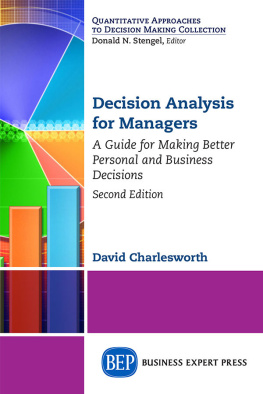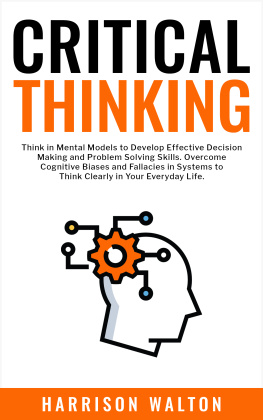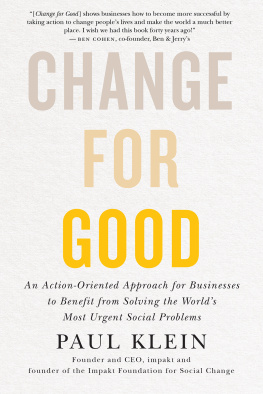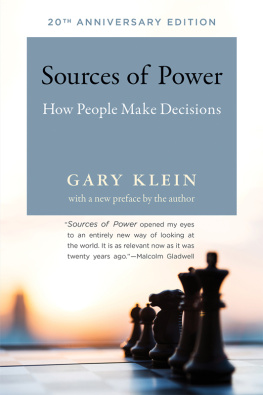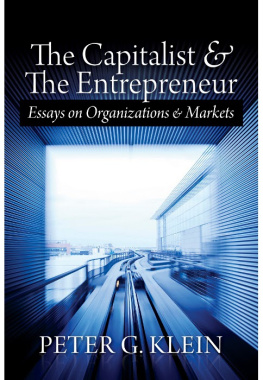Contents
List of Figures
Guide
Pagebreaks of the print version
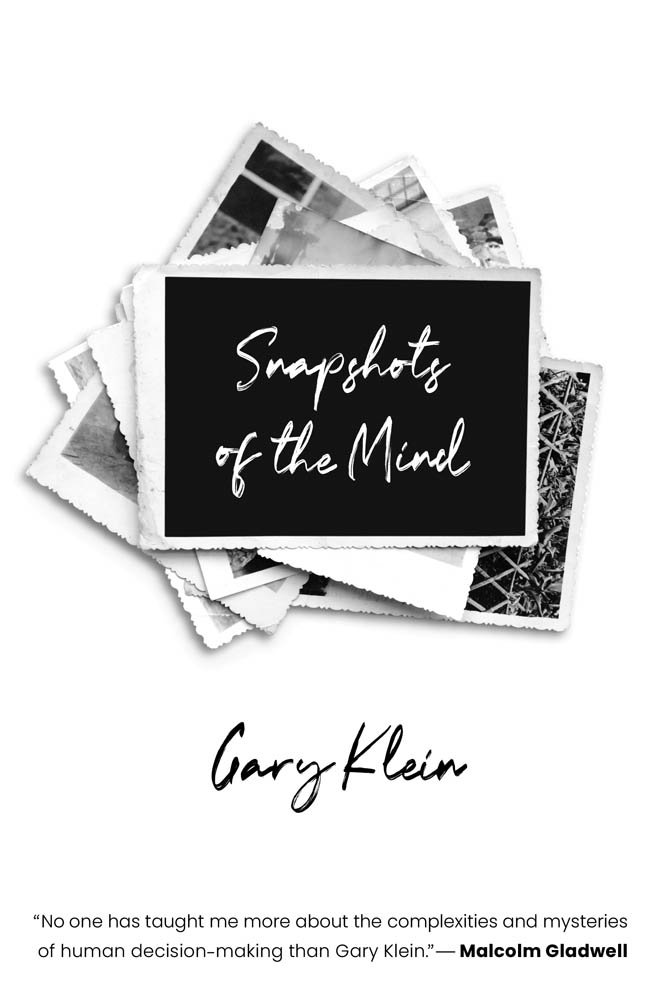
Snapshots of the Mind
Gary Klein
The MIT Press
Cambridge, Massachusetts
London, England
2022 Massachusetts Institute of Technology
All rights reserved. No part of this book may be reproduced in any form by any electronic or mechanical means (including photocopying, recording, or information storage and retrieval) without permission in writing from the publisher.
The MIT Press would like to thank the anonymous peer reviewers who provided comments on drafts of this book. The generous work of academic experts is essential for establishing the authority and quality of our publications. We acknowledge with gratitude the contributions of these otherwise uncredited readers.
Library of Congress Cataloging-in-Publication Data
Names: Klein, Gary A., author.
Title: Snapshots of the mind / Gary Klein.
Description: Cambridge, Massachusetts : The MIT Press, [2022] | Includes bibliographical references and index.
Identifiers: LCCN 2021051212 | ISBN 9780262544429 (paperback)
Subjects: LCSH: Cognition. | Decision making. | Naturalism.
Classification: LCC BF311 .K6254 2022 | DDC 153dc23/eng/20220601
LC record available at https://lccn.loc.gov/2021051212
d_r0
For Jacob, Ruth, Jonathan, and Harold
and
For Helen
Contents
List of Figures
Rock fishers casting off a ledge.
Mapping the sources of power.
Mapping the sources of power, version 2.
Conditions of decision-making.
The mental model matrix.
The RPD model.
Tower of Hanoi example.
Wason 4-card task, Griggs and Cox added context.
Two arrows to improve performance.
The Zone of Indifference.
Amtrak derailed.
Stain removal graphics.
The second singularity.
AI + pathologist performance. Notes: *Error rate defined as 1 Area under the Receiver Operator Curve; ** A study pathologist, blinded to the ground truth diagnoses, independently scored all evaluation slides.
The attack on expertise.
Two arrows to improve performance.
The 9-dot puzzle problem.
The Triple Path model of insight.
The 9-dot puzzle solution.
Four types of barriers.
Discoveries.
Mining simulation.
Curiosity.
Tacit versus explicit knowledge.
Two arrows to improve performance.
Decision-making waves.
Snooks causal network for the Black Hawk shootdown.
Snooks causal network highlighting the key nodes based on the scalar analysis.
Causal Landscape of 2016 presidential election.
Causal Landscape with highlighted nodes.
The Adherence Loop.
The Adherence Loop with Weight Watchers.
The Pre-mortem method.
Management by Discovery.
Mental model matrix.
1Introduction: Learning to See Cognition
The most important thing I want to accomplish with this book is to help you, the reader, become more skilled at seeing cognition. Seeing it in work settings, seeing it all around you, gaining an edge over others who are oblivious, becoming more successful in partnering with others, and guiding others who have become confused.
The word cognition may sound academic, but I am using it as a blanket term to capture everyday activities such as decision-making, detecting and solving problems, making sense of confusing situations, and managing risks and uncertainty. These are the capabilities well be examining. Cognition is about thinking, but were not going to review the kinds of cognitive processes found in most introductory psychology textbooks. Instead, well be exploring the kinds of cognition that matter to decision-makersthe aspects of cognition that can make a difference in life-and-death situations.
And when I describe my goal of helping you see cognition, I mean enabling you to quickly spot qualities that most people often missfor example, the mindset of the decision-maker, the flaws in a persons mental model that can explain a poor choice, the experience that lets one person detect subtle signs that are invisible to others. I dont simply want you to better understand these aspects of cognition. I want you to become more attuned to them so that you recognize them as events are unfolding and can build on them rather than being oblivious to them. As you get better at seeing cognition, you may find yourself noticing the subtle ways that experts are different from the rest of us.
Heres an example provided by a geologist, Peter Kamstra, from a project he did in graduate school in Australia, see .
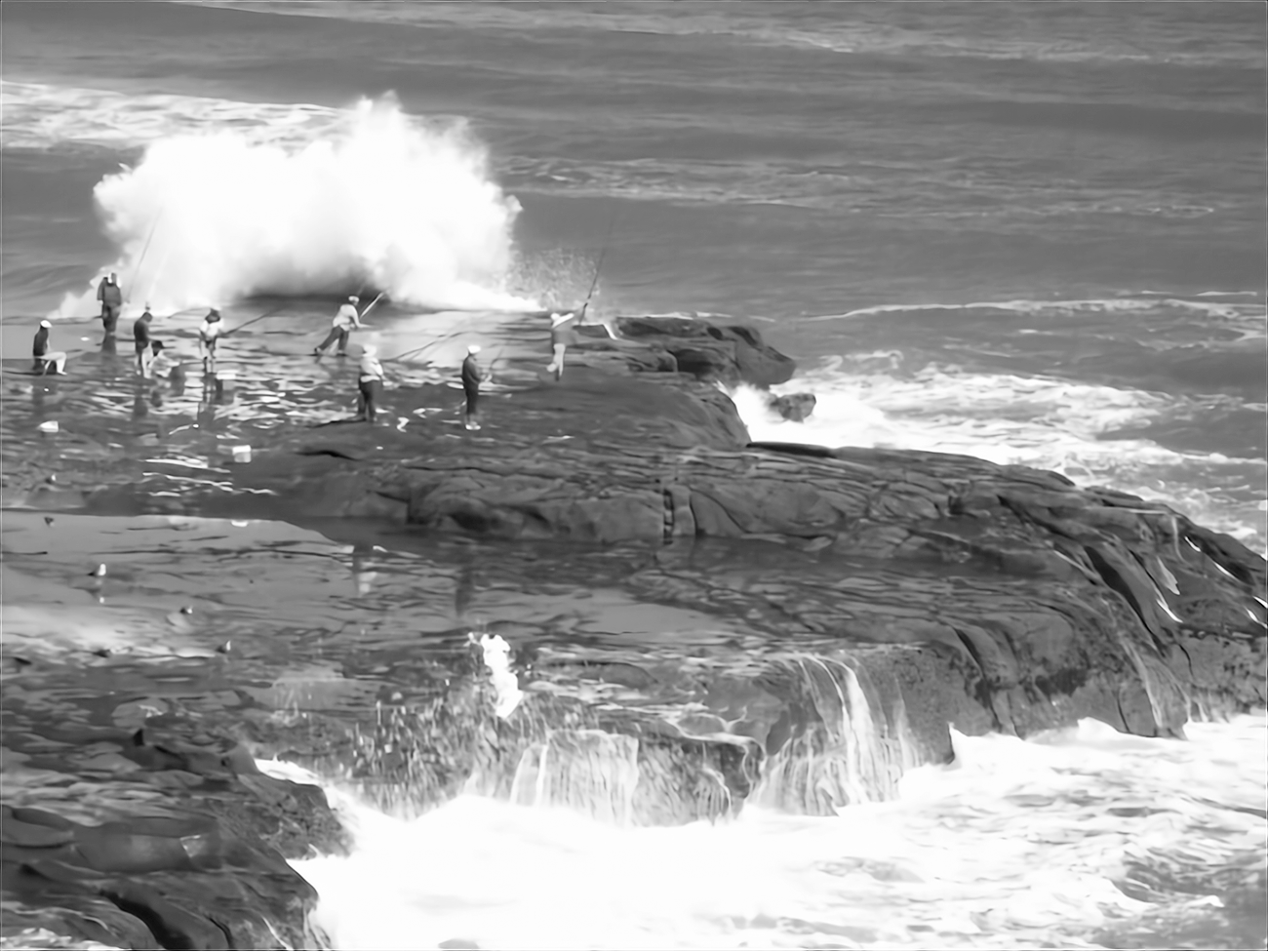
Rock fishers casting off a ledge.
Peter is a Canadian, and before he started his project, he had never heard of rock fishing, which is one of the most dangerous sports in Australia, drowning more than ten fishers a year. The idea is that you stand on a rock shelf or a rock outcropping that extends into the ocean, so the water is very deep, giving you a chance to catch much larger fish. You dont have to rent a seat on a fishing boat. You just drive to a promising location and cast your line into the waves. And thats the rubthose waves. If a freak wave washes over the rock ledge, it can knock you off balance and into the sea.
The Australian national safety group had studied the statistics and determined that a major risk was an overlapping wave, perhaps a freak wave, so they mandated practices, such as wearing life jackets and monitoring the weather conditions to see if the ocean swells might be too high that day. In high-risk zones, rock fishers could be fined if the police found they werent wearing a life jacket. However, Peter got the sense that no one on the safety group had examined how rock fishers actually entered the sea. No one seems to have asked rock fishers what they thought the risks were. No one had tried to contrast experienced versus inexperienced rock fishers.
Peter decided to make this his research project and conducted 52 interviews with rock fishers. Not traditional interviews, sitting around a desk in a quiet office but what he called walk-along interviews out on the rock ledges while the people he interviewed continued to fish. To gain their confidence, Peter purchased his own fishing gear and learned to fish, usually arriving at a promising location at 4:00 a.m. so that when the real rock fishers arrived, he was already there.
Peter found that the official analyses were at best incomplete and at worst misguided because they were missing the cognitive dimension. For example, the official recommendation was to check weather conditions to see if the ocean swells that day were too high, but Peter learned that the experienced fishers really paid attention to which way the waves were running and which direction the winds were blowing because in protected locations, they would still be safe even though the waves were crashing just around the bend.
And while the official analyses pointed to inexperience as a cause of drowning, Peter uncovered the ways that inexperience worked: your line might get snagged on the rock shelf and youd go out to the edge to retrieve it rather than just being smart and cutting it loose.
Even worse, if you did fall in, youd do the natural thing and swim back to the ledge to climb back up. Big mistake. Once you were in the water you didnt want to go near that rocky shelf covered in slippery algae. You didnt want the waves pounding you against the rocks, perhaps knocking you out, perhaps sucking you underneath the rock shelf. Instead, you needed to swim away from the shelf and to a nearby sandy beach that you had identified in advance as a safe landing zone.


